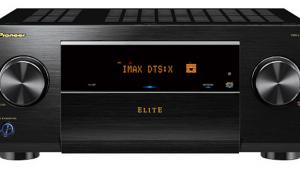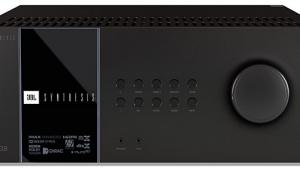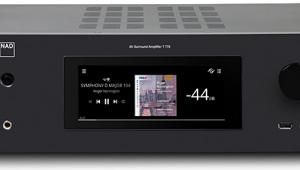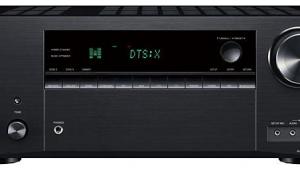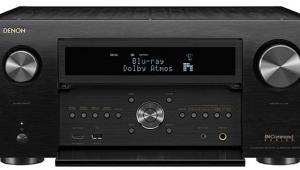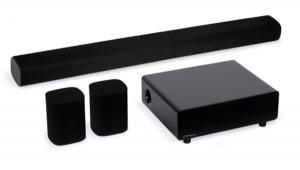The power figures for [U]2 channels driven @ 8 Ohms[/U] and for 1% THD is more like 114.0 watts. And for 1% THD is actually 132.0 watts.
{I'm not sure now that you got the 4 Ohm figures right?}
* I've seen other receiver's power measurements from your mag (using the same lab tools) with much more higher power, and which some cost six times less money than the Arcam AVR75; like the Onkyo TX-SR805 AV receiver for example.
Just check it out for a real shock!
And some other receivers in the $500 price range have similar power figures than this Arcam one.
Anyway, I'm just mentioning some observations on measurements, not on sound and not on real life performance.
For six grands not only I wand the best sounding AV receiver but I also want some of the very best measurements to correlate with real life results, plus I want the very best Auto Room Calibration and EQ system; like Audyseey MultEQ XT32 for example, or in that same caliber class.
Plus, having no preouts is a no-no in that price range; what where they thinking!
And, HDMI incompatibilty issues in the year 2014 is a total joke!
And, a component or two video outs is not asking much.
And, a digital or two outs would be swell.
And, if you're going to include the Video portion of the AV equation, for six grands I want a good one.
I don't care too much for that above graph and the two clipping starting spots from its curve, because it don't look great at all.
But, to the reviewer's own set of ears it is another completely different matter.
Arcam is well know as having quality sound, but is also known as having issues.
And $6,000 is a lot of dough to have issues and missing few important features.
Plus, that remote control is a total insult to it's potential purchasers!
Let's get this entirely straight here; the Arcam AVR750 is the best sounding AV receiver from the reviewer's viewpoint (I won't argue), but the full adio/video experience in someone's private home theater room requires more than just top-notch sound, no?
Just saying my opinion in that complex world we live in. :-)
Cheers & regards,
[I]Bob[/I]


 Beneath the distinctive green display is an austere row of buttons handling the basic functions. The two at far right are the volume up/down keys, in lieu of the knob you’d expect, and I continue to regard their lack of prominence as a design flaw. Arcam has improved the remote, however, with buttons slightly differentiated by shape and color, though once again the volume keys are too well camouflaged.
Beneath the distinctive green display is an austere row of buttons handling the basic functions. The two at far right are the volume up/down keys, in lieu of the knob you’d expect, and I continue to regard their lack of prominence as a design flaw. Arcam has improved the remote, however, with buttons slightly differentiated by shape and color, though once again the volume keys are too well camouflaged.




